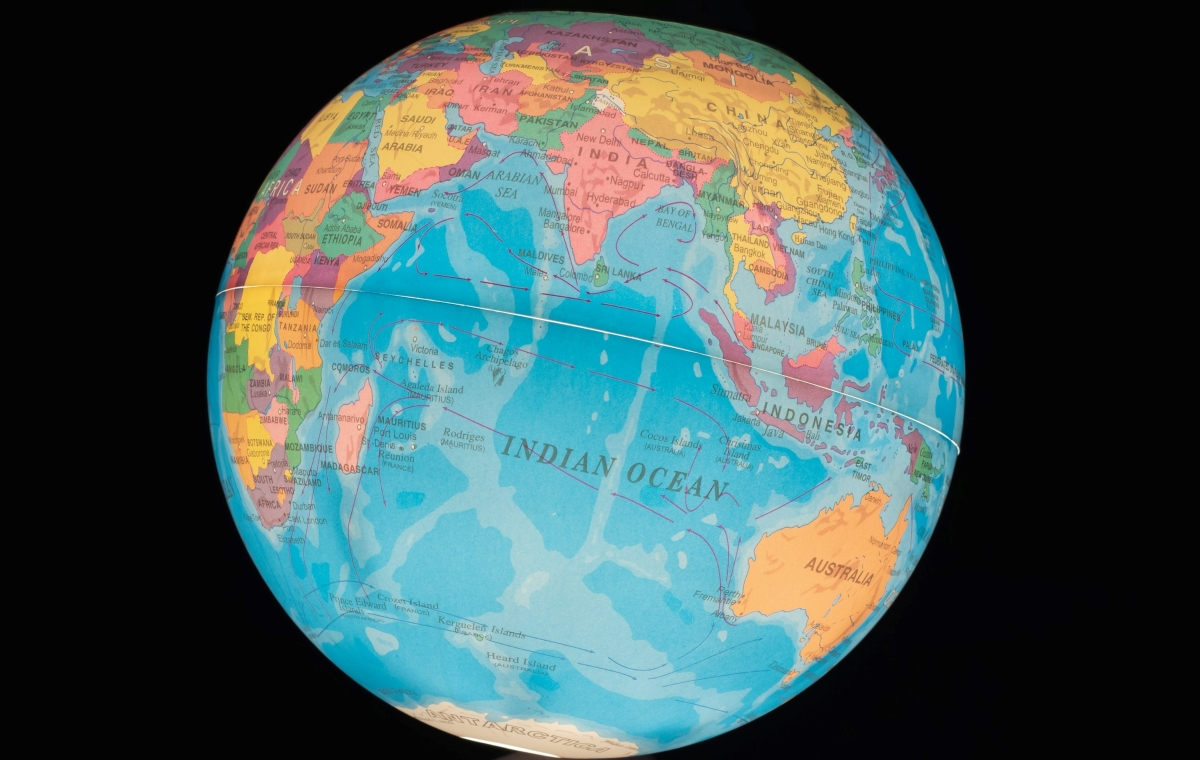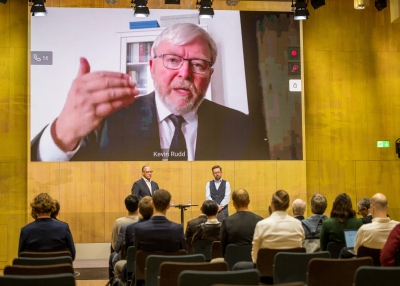Series Recap: No Time To Wait
Climate Change In The Indo-Pacific

"You see, governments may lie. Politicians may lie. Dare I say, some corporations may even lie. But guess what – the planet doesn't lie."
By that, Kevin Rudd, who joined us at the final event of our four-part series, meant the following: our planet produces its own data – and this data is expressed through temperature rises and extreme weather. This in turn influences food production, and water scarcity – and ultimately threatens our existence.
Our series No Time to Wait – Climate Change in the Indo-Pacific has now ended, as has the climate summit in Glasgow. The topic, however, remains as crucial as ever. Governments, institutions and individuals must continue to take action – there is no time to wait.
In case you missed one of the episodes, or if you would like to re-watch the episode(s) you enjoyed most, we have you covered: below, you can find the links to the videos, as well as to our key takeaways from each episode.
In this four-part series, Asia Society Switzerland and Swiss Re Institute explored the impact of climate change in the Indo-Pacific region and shed light on policy responses, health care effects, and nature-based solutions in China, the Indian Subcontinent, and Oceania. The final episode assessed the outcomes of COP26 and its implications for the Indo-Pacific region.



